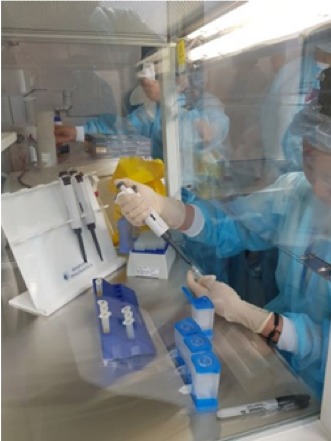Accurate Patient Identification
Clinicians rely on the laboratory to provide accurate and reliable test results in order to treat the patient appropriately. Accurate patient identification is the first critical step to providing the right health care treatment for every patient. The consequences of an identification error can significantly impact an individual’s future health. In laboratory medicine, strict adherence to patient identification and specimen labeling requirements is necessary to maintain the unequivocal link between the accurately identified patient and the specimen throughout the path-of-workflow.
Read More








